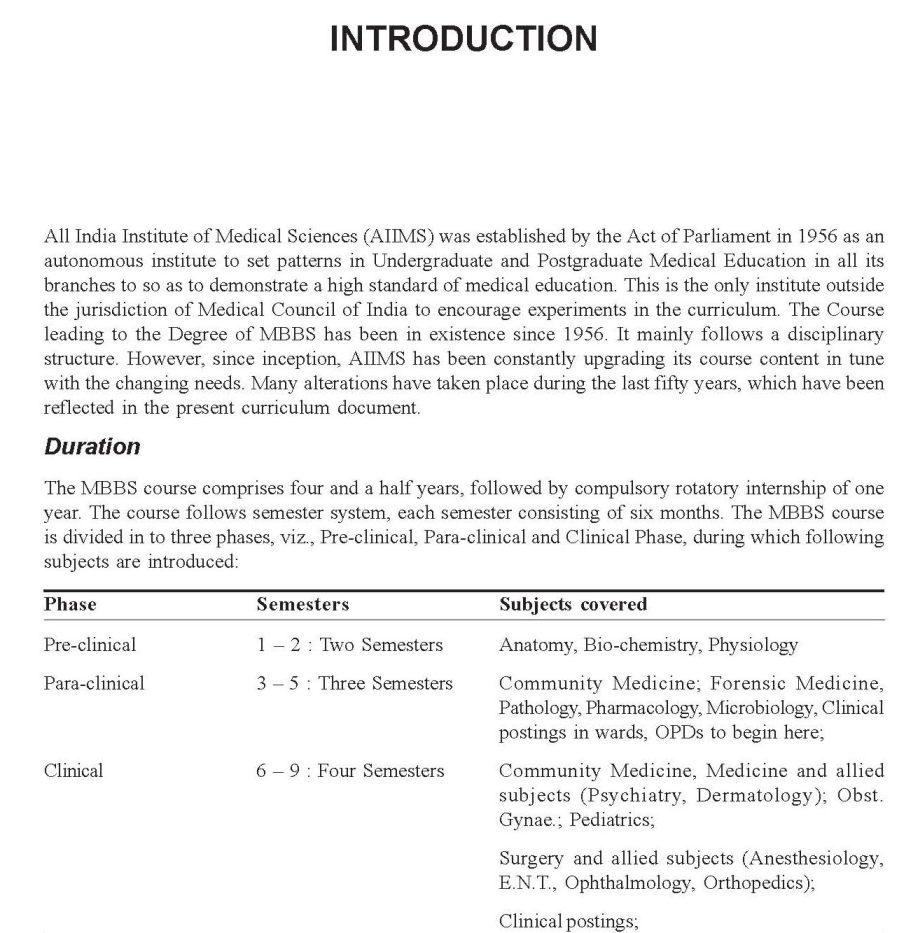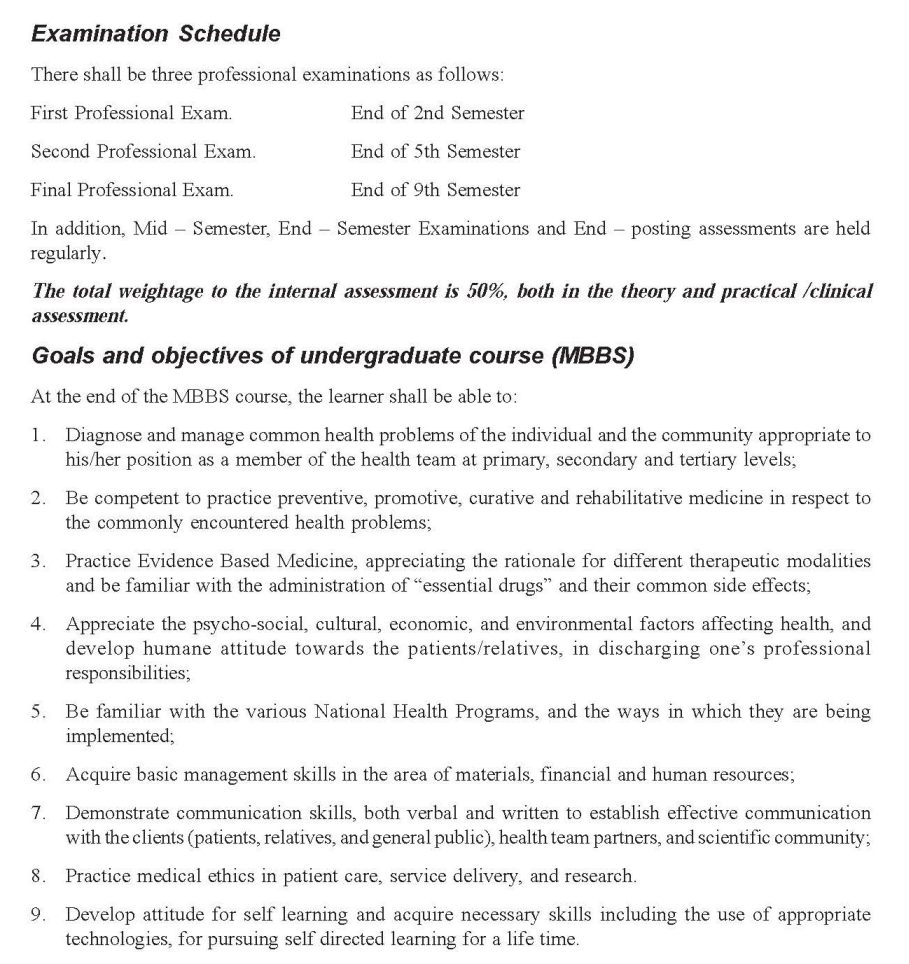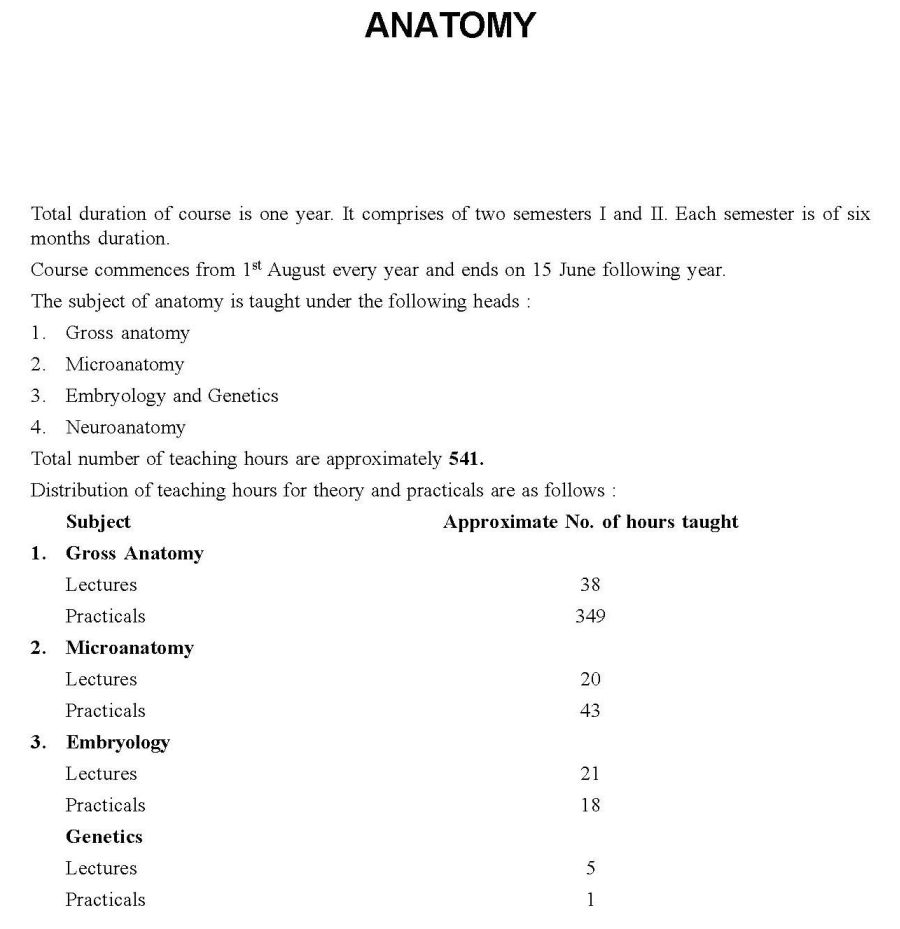|
#1
July 12th, 2014, 01:38 PM
| |||
| |||
| AIIMS Courses Fee structure
I am searching here information about fee structure for admission in MBBS course offered by All India Institute of Medical Sciences, New Delhi ? Here I am giving you information about fee structure for admission in MBBS course offered by All India Institute of Medical Sciences, New Delhi MBBS application form fee : General : Rs.400/ Rs. 300/- SC/ST Candidates Registration Fee Rs. 25/- Tuition Fee Rs. 150/- (Being half of Rs. 180/- per annum payable in two equal installments) Hostel Rent Rs. 90/- ( Being half of Rs. 180/- per annum payable in two equal installments) Annual Gymkhana fee Rs. 40/- ( Payable in one installment) Laboratory fee Rs. 10/- (per term of six months) Caution Money Rs. 100/- (Refundable) Pot fund Rs. 30/- (Being half of Rs. 60/- per annum payable in two equal installments) Electricity Charges Rs. 18/- (Being half of Rs. 36/- per annum payable in two equal installments) Mess Security Rs. 500/- (Refundable) Student Union fee Rs. 7/- (Being half of Rs. 14/- per annum payable in two equal installments) Total Rs. 970/- (for outstation candidates) Rs. 332/- (for local candidates) MBBS syllabus : COURSE CONTENT 1. Gross Anatomy Introduction to Anatomy, nomenclature, anatomical position, planes, tissues and movements. I. Osteology (a) Names of the bones of the body and their position; classification of the bones with examples; general features of the bone and normal development; microscopic anatomy of bone; general pattern of blood supply; ossification of the bones of the limbs for age determination. X-rays of bones. (b) Process of repair of bone. 2. Muscular System (a) Classification and identification of the muscles of the body: main attachments, nerve supply and action(s), microscopic anatomy of muscles and the nerve terminations. (b) Details of attachments of the muscles; ultrastructural features of muscle; mechanism of the movement caused by the muscle/muscles and various forces exerted by them and their detailed action(s). 3. Arthrology (a) Definition and classification of joints, general features of different types of joints; detailed study of major joints of the limbs and movements performed at various joints in the body. Anatomy 3 (b) Microscopic anatomy of articular cartilage; maintenance of articular cartilages; blood supply and nerve supply of the joints. 4. Cardio Vascular System (a) Normal position, external features and parts of the heart; internal features of the chambers of heart, names of the blood vessels and venous drainage of the organs, structures and body as a whole, conducting system of heart, fibroskeleton of heart. (b) Variation(s), developmental anomalies of heart and blood vessels, valvular defects and their effects in pathogenesis of the anomalies. 5. Respiratory System (a) Position, parts, relations, blood supply of upper and lower respiratory tract. Pleura, its reflection, nerve supply, pleural recesses and their significance, bronchopulmonary segments, their importance. (b) Mechanism of respiration 6. Digestive System (a) Position, extent, parts, relations, blood supply, nerve supply, lymphatic drainage and sphincters of the gastrointestinal system. (b) Sphincteric action including functional implications. 7. Genito-Urinary System (a) Parts, position, relations, blood supply, nerve supply and lymphatic drainage of uterus, cervix, vagina, ovary, ovarian duct, testes, epididymis, seminal vesicle, ductus deferens, prostate, kidney, ureter, urinary bladder and urethra (b) Innervation of urinary bladder in detail 8. Endocrine System and Individual Endocrine Glands (a) Various endocrine glands, their location, relations, blood supply, nerve supply and lymphatic drainage. (b) Clinical manifestations of common endocrine disorders. 9. Nervous System and its components (a) Parts of nervous system, neuron meninges, nerve terminals, neuroglia, myelination, degeneration and regeneration, ventricles, CSF, spinal cord and its blood supply. Motor and sensory pathways, cranial nerves, thalamus, cerebellum, limbic and autonomic pathways. Functional cortical areas, motor and sensory cortex and their blood supply AIIMS MBBS course syllabus     Last edited by Neelurk; April 8th, 2020 at 02:52 PM. |